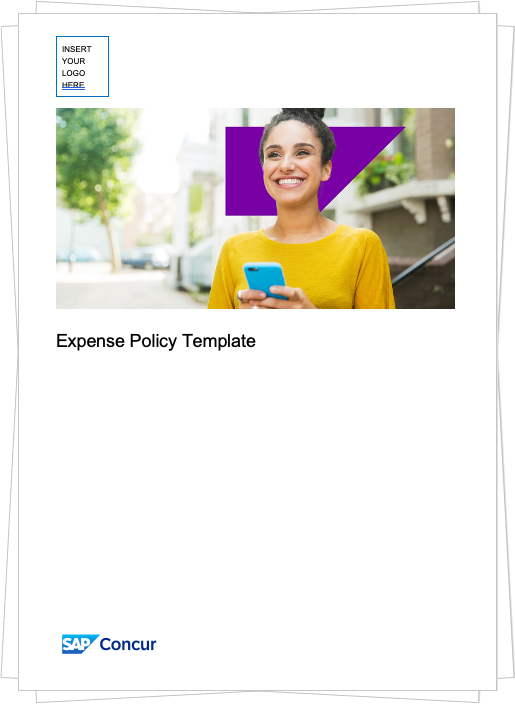Travel and Expense
What Does Your Travel Policy Look Like Through Your Travelers’ Eyes?
Last month our team participated in a great SAP Concur Fusion Exchange event in Houston, Texas. If you’re not familiar with Fusion Exchange, these are regular events that SAP Concur hosts around the world designed for its customers to participate in networking, educational sessions, business conversations, and community building. They’re excellent and a powerful testament to SAP Concur’s deep knowledge and leadership in the travel and expense space.
We had the opportunity to facilitate a roundtable conversation and discuss what a traveler-centric policy looks like and share a simple framework you can use to inspect and reflect upon your company’s policy. We started off by acknowledging the responsibility and importance of the travel/expense manager role. The job is essential, and the priorities are many.
We then asked our roundtable participants to briefly remove their “travel/expense manager hats” and pretend for a moment that they are the traveler they support while we discussed traveler satisfaction and the meaning of the traveler experience. We encourage you to do the same as you go through this exercise.
In many ways, it’s more challenging and complex than ever to satisfy your business travelers. This is due to many factors, like expectation of personalization, demand for experiences, and personal travel tools exceeding business travel tools, to name a few. But perhaps the greatest factor complicating traveler satisfaction is the generational differences of business travelers. The expectations and priorities of a millennial or Gen Z employee are different than a baby boomer. The point here is that understanding traveler satisfaction comes from understanding what’s uniquely important to the traveler.
So what we did next (with our “travel/expense manager hats” still resting comfortably by our sides) was dissect a typical travel policy, reviewing the components one by one from the eyes of our travelers, and noting whether that component reflected a more negative experience or a more positive experience. For example, take airfare booking rules. Would your travelers say they are fair and provide the opportunity for a positive travel experience? Or would they say that they dread the rules around booking, and they make for a negative experience. How about the expense process? Do you utilize integrated data and technologies to make this a positive experience for your traveler, or would you say your expense process is more of a negative experience for travelers? Here’s the full list of T&E policy components that we reviewed:
- Airfare booking rules
- Airport experience/efficiency
- Lodging booking rules
- Expense process
- Booking process
- Meals and entertainment
- Bleisure and culture
- Communication and availability of information
Try it yourself: Take the categories above. Note negative experiences with a -1 and positive experiences with a +1. Then, tally your scores to create a traveler experience score. Our highest score was a +6, and we discussed the contributing factors and had some fun dialogue around the -1s.
That’s it! Simply discussing your T&E policy from your travelers' point of view is the first step. It’s easy, quick, and leads to powerful steps towards focusing on traveler experience and creating a traveler-centric policy.
And rest assured, at the conclusion of our roundtable our "hats" were promptly returned to their appropriate heads.

